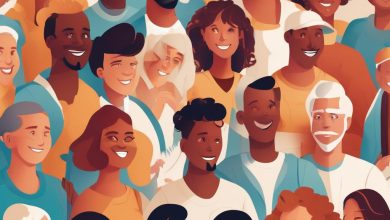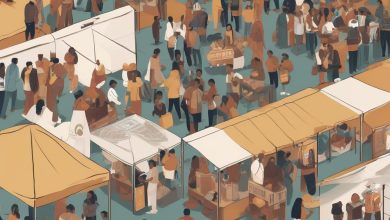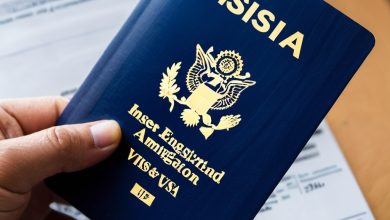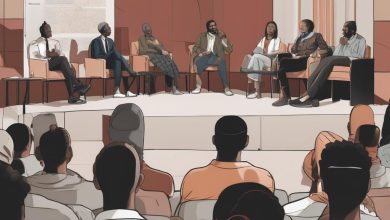The History of Migration: Ancient to Modern Times
The History of Migration: Ancient to Modern Times
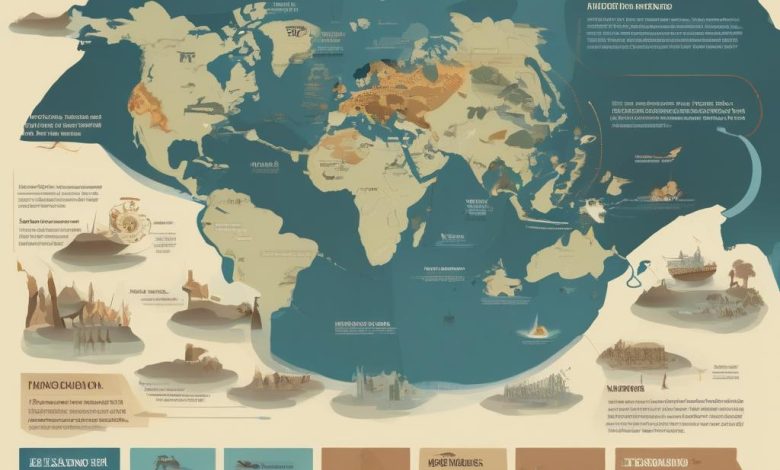
The History of Migration: Ancient to Modern Times
The story of human migration stretches back centuries, crossing continents and shaping cultures worldwide. It tells of our ancestors’ early moves and today’s complex population shifts. This journey shows how humans have always been adaptable and resilient.
This deep dive into migration history looks at what drove people to move and the big events that shaped their paths. We’ll see how early nomads and settlers built the foundations of today’s societies. By understanding ancient migrations, we see how human movement has shaped our world.
Key Takeaways
- Explore the fascinating journey of human migration from ancient times to the present day.
- Discover the key factors and historical events that have shaped global migration patterns over time.
- Gain a comprehensive understanding of the evolving nature of human mobility and its profound impact on societies around the world.
- Trace the roots of ancient migrations and their influence on the development of early civilizations.
- Recognize the resilience and adaptability of the human spirit in the face of population movements throughout history.
Tracing the Roots: Ancient Migrations Across Continents
The story of humans is filled with ancient migrations that shaped our world. Our ancestors traveled across continents, seeking new lands and better lives. This great human diaspora created the diverse world we live in today.
The Great Human Diaspora
Our ancestors left Africa, facing new lands and challenges. Ancient human migrations were often due to climate change, lack of resources, or the search for better living. These early humans met other groups, sharing ideas and cultures.
These prehistoric population movements helped start early civilizations. Communities settled in places that could support them. This led to the rise of societies in places like the Fertile Crescent and the Indus Valley.
Nomadic Lifestyles and Early Civilizations
Many groups kept a nomadic society lifestyle, moving for resources and better lands. Nomads played a big role in sharing ideas and cultures over long distances. They helped early civilizations grow.
The mix of nomadic and settled communities was complex. Each side influenced the other, shaping human history. This ongoing story of migration and cultural exchange still interests scholars and captures our imagination.
The History of Migration: From Ancient Times to the Present
The story of human migration goes back to the beginning of civilization. It has been a key part of human history. This section looks at how migration has changed over time. It shows how it has affected societies all over the world.
People have moved for many reasons, like work, politics, or to find a better life. With new technology and easier travel, more people move now than ever before. This changes the makeup of countries and brings new challenges for leaders.
Immigrants bring new cultures to their new homes, changing them. Migration also affects the economy and society. This section covers the history and current issues of migration. By knowing why people move, we can prepare for the future of migration.
FAQ
What are the key factors that have shaped global migration patterns throughout history?
Many things have influenced global migration, like changes in the environment and the search for better economic chances. Societal changes and political issues have also played a big role. These factors have changed over time, affecting how people move around the world.
How have ancient migrations contributed to the development of early civilizations?
Ancient migrations were key to the growth of early civilizations. People moving to new places helped spread ideas, technologies, and cultures. This helped create the diverse world we see today.
What are the key trends in modern-day migration patterns?
Today, we see more global connections and cities growing. Many move for work, to escape political issues, or because of climate change. These changes affect societies worldwide and are topics of ongoing debate.
How have societies and economies been affected by historical and contemporary migration?
Migration has deeply influenced societies and economies. It has brought new ideas, cultures, and skills, making communities richer. Yet, it also brings challenges, leading to policies to manage its effects.
What are some of the key considerations and emerging issues in the field of migration studies?
Scholars and policymakers are dealing with new challenges in migration. Climate change, migrant integration, and the rights of displaced people are big concerns. They’re working on policies to handle these complex issues.

